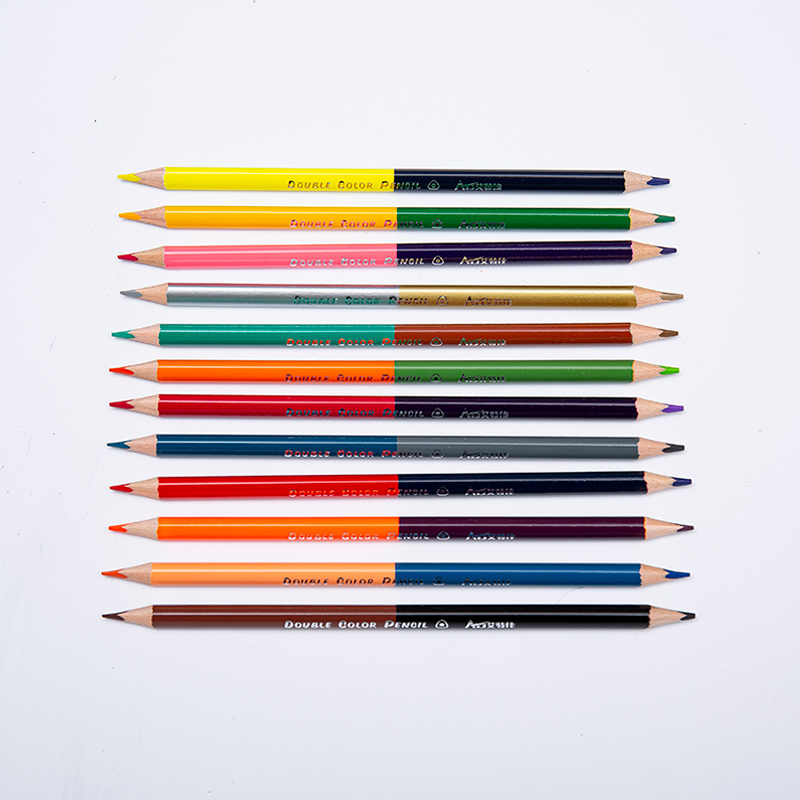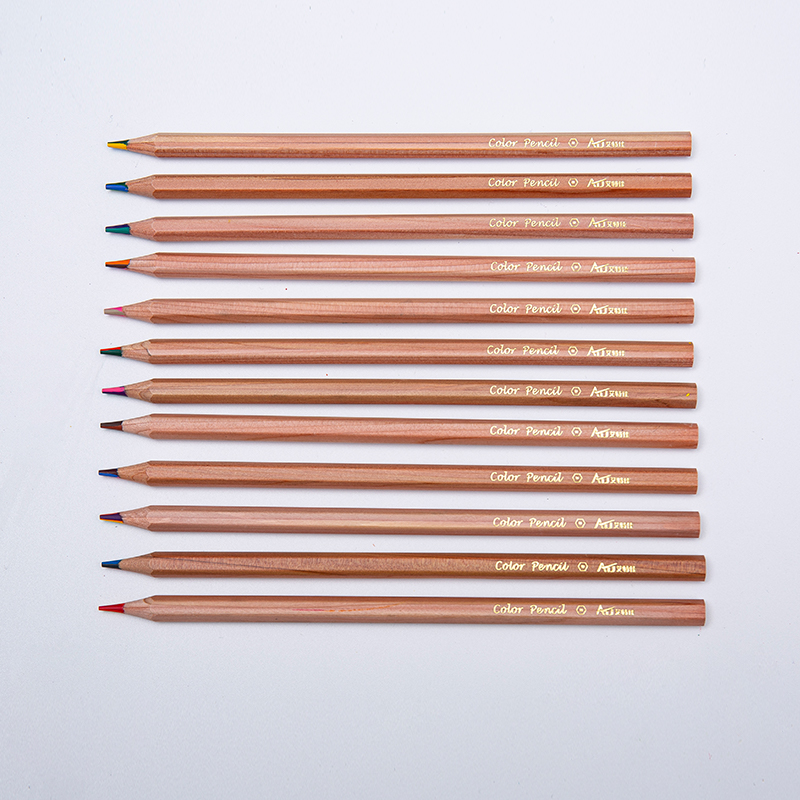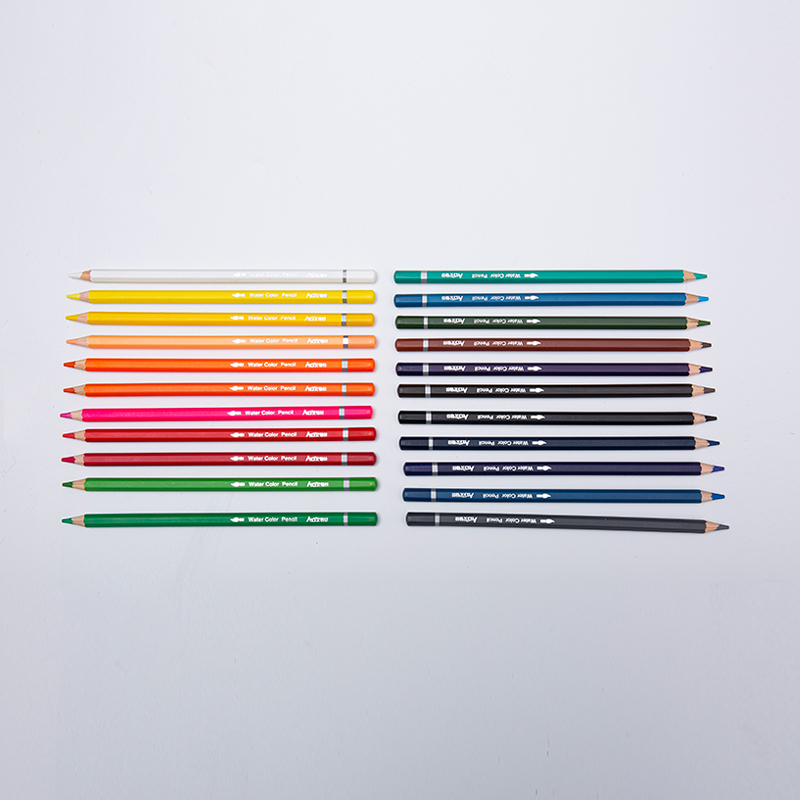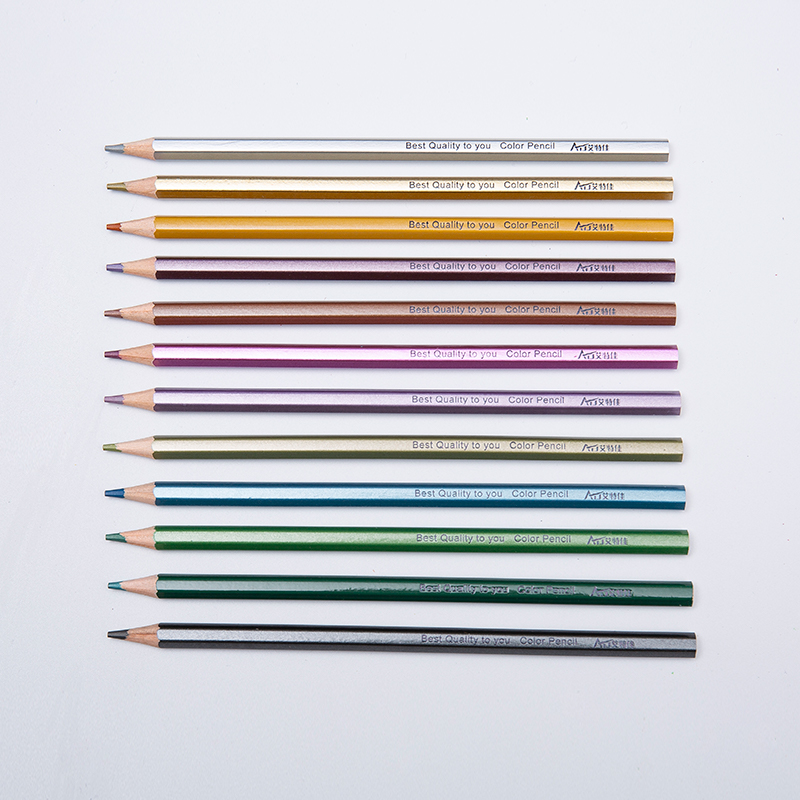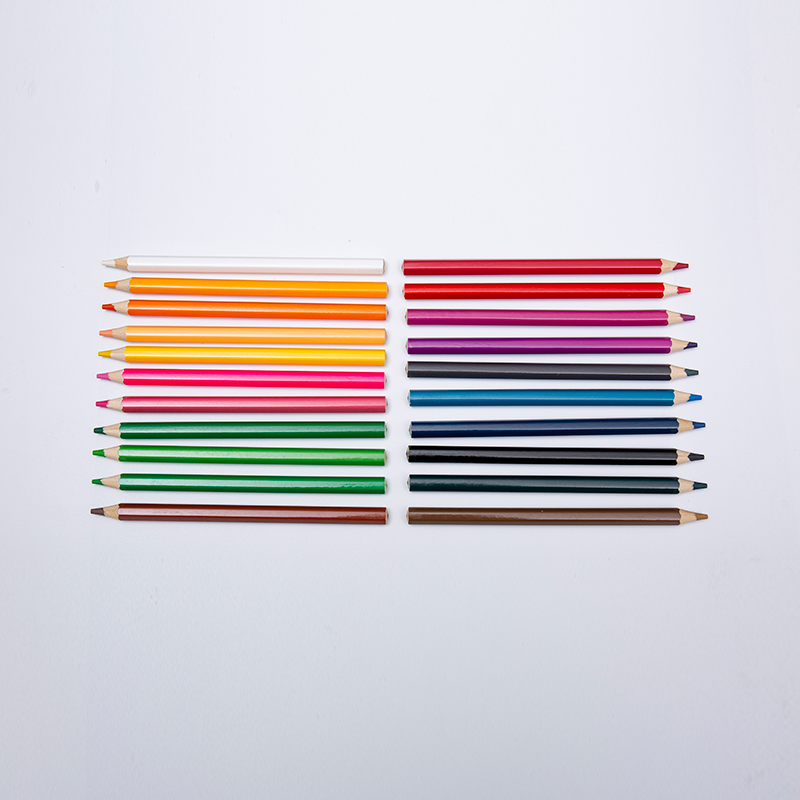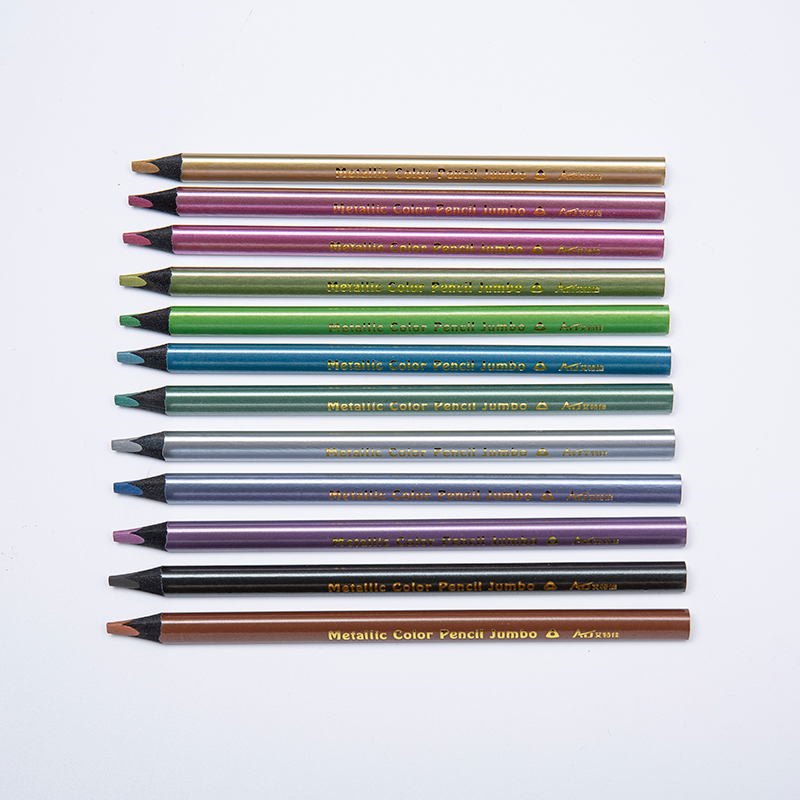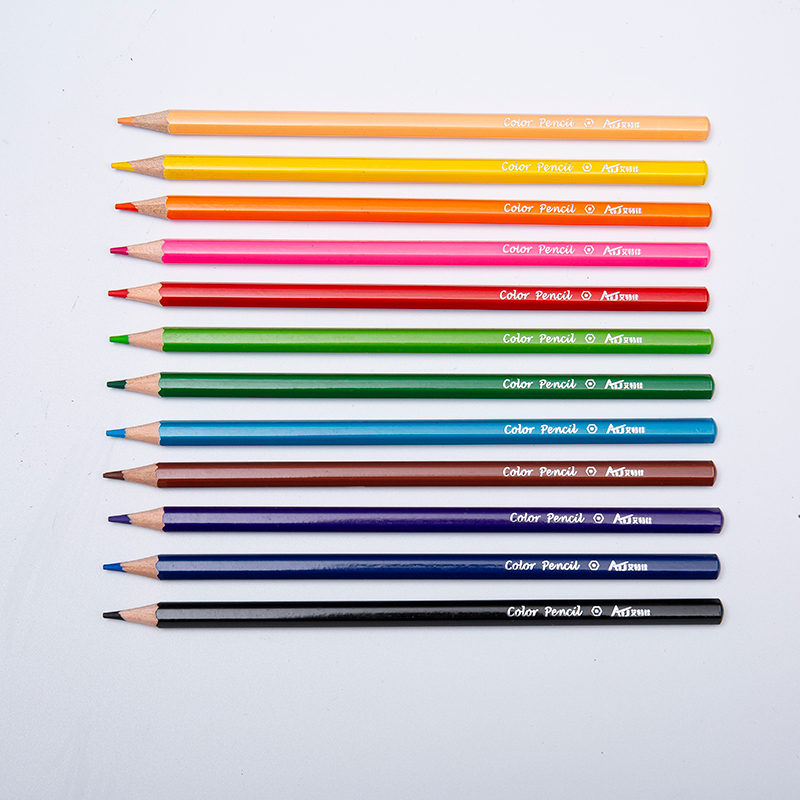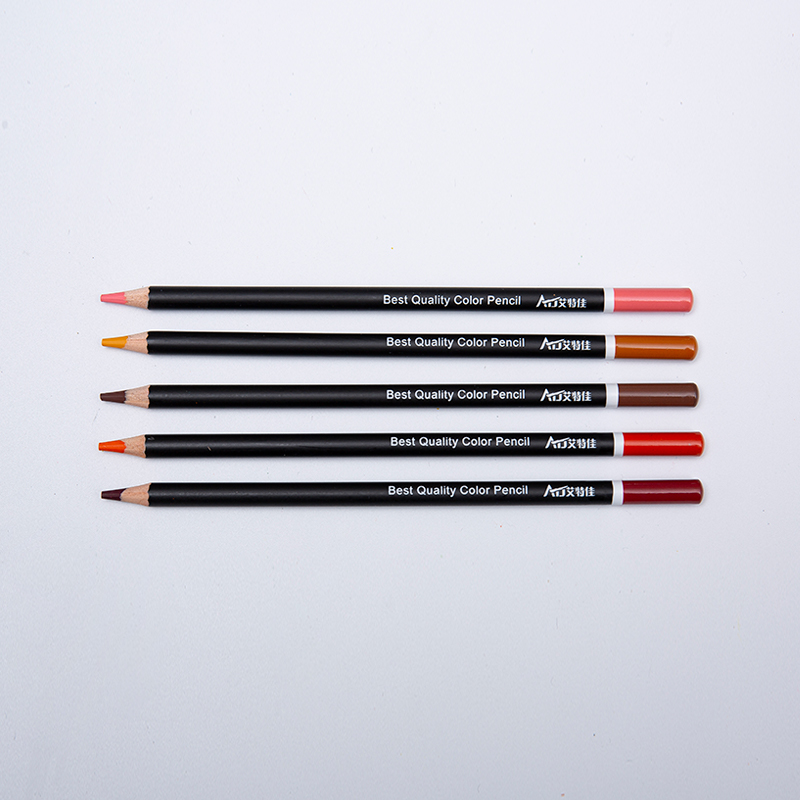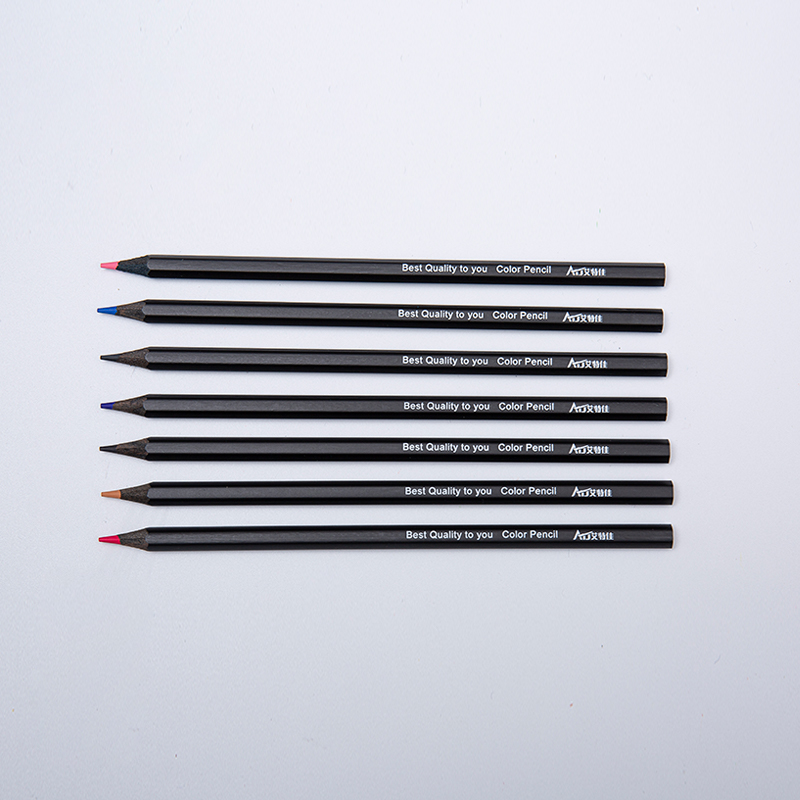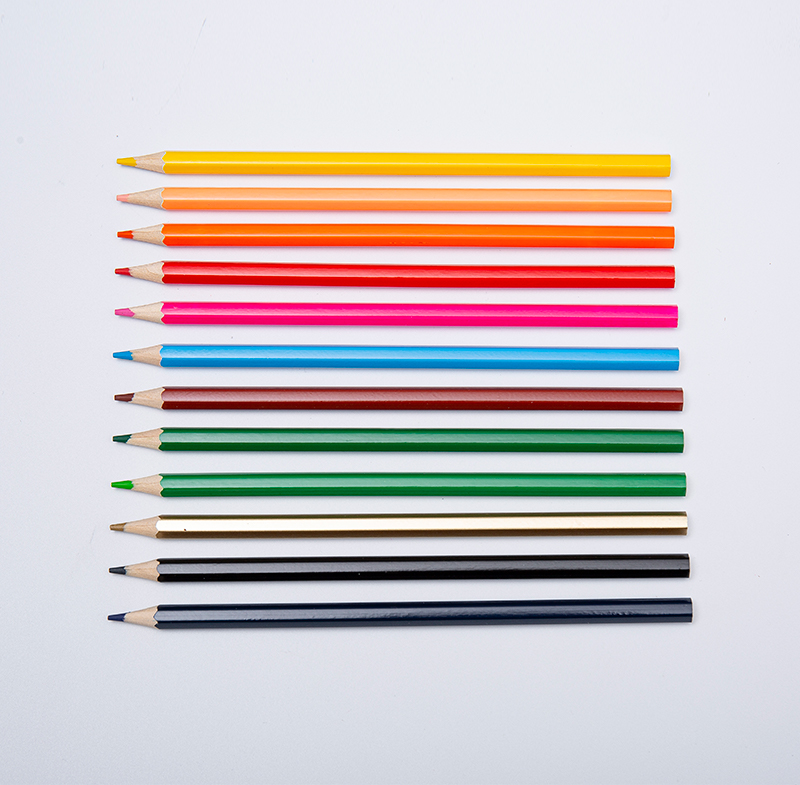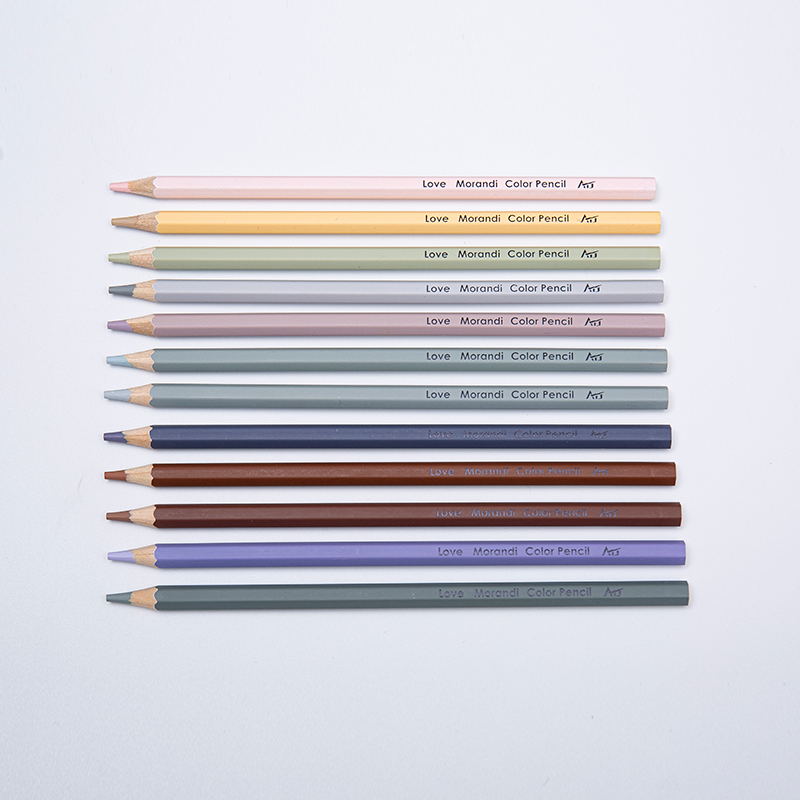In recent years, the stationery industry has seen a shift towards more sustainable and eco-friendly products. Among these, Non-Toxic Wooden HB Graphite Pencils have emerged as a favorite, especially for consumers who prioritize safety and environmental responsibility. With a focus on health-conscious consumers and eco-aware students, these pencils are becoming increasingly popular in schools, offices, and homes. This shift is largely due to the growing awareness of the potential health risks associated with traditional stationery products, as well as the increasing demand for high-quality, sustainable materials.
Non-Toxic Wooden HB Graphite Pencils offer a significant advantage over their traditional counterparts. The “Non-Toxic” label on these pencils assures consumers that the materials used are safe for both children and adults, which is an important consideration, especially for parents and teachers. These pencils are made from natural, non-toxic substances that do not contain harmful chemicals such as, which is often mistakenly associated with graphite pencils. Instead, the pencil cores are made from high-quality graphite, making them safe to use for long periods without the risk of poisoning or irritation.
The increasing popularity of these non-toxic pencils can be attributed to their safety, durability, and overall performance. Non-Toxic Wooden HB Graphite Pencils are widely recognized for their ability to produce clean, sharp lines, making them ideal for various writing and drawing activities. Whether for educational purposes or artistic endeavors, these pencils provide a smooth and consistent writing experience. Additionally, the wooden casing used for these pencils is not only sturdy but also biodegradable, making it an environmentally friendly alternative to plastic-cased pencils.
Another common type of pencil gaining traction in the market is the Blue HB Pencil. While the term “blue” might initially suggest the color of the pencil, it is more about the branding and design of the product. Blue HB Pencils are often marketed for their distinctive appearance and ergonomic design. These pencils, like the Non-Toxic Wooden HB Graphite Pencils, are also designed to provide smooth writing experiences, but they come with added aesthetic appeal. The blue color is often associated with professionalism, creativity, and calm, making it a popular choice among artists, students, and professionals alike.
Blue HB Pencils are made with high-quality graphite cores, ensuring that they perform similarly to standard HB pencils. Despite the difference in color and branding, the core of the Blue HB Pencil is typically the same as that of traditional pencils, providing a balance of hardness and smoothness. Whether it is used for writing, drawing, or shading, the Blue HB Pencil delivers consistent results, which is why it has gained such widespread use in educational and professional settings.
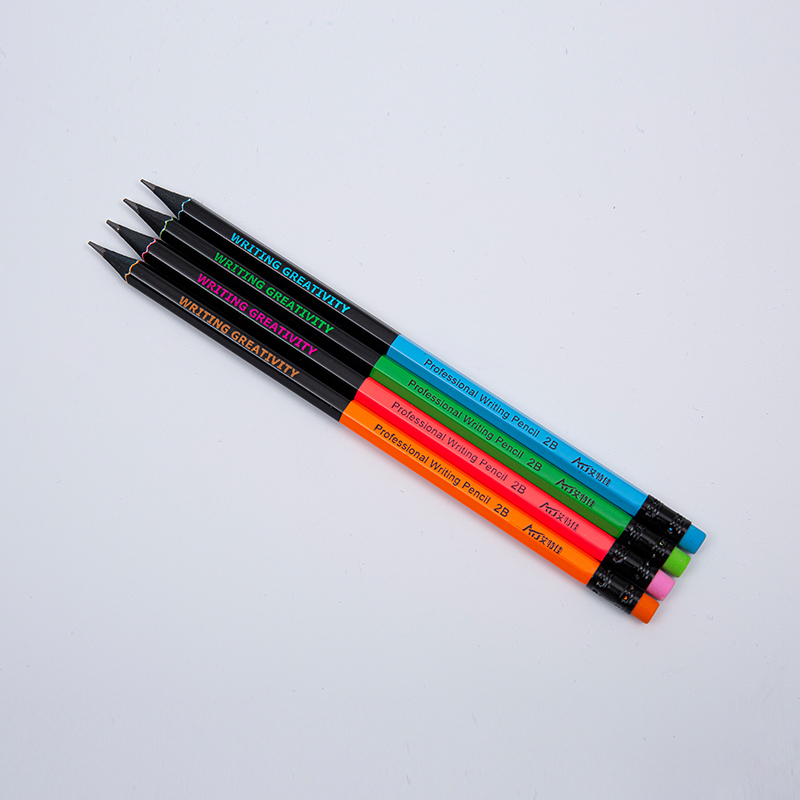
The third keyword to highlight in this discussion is Graphite HB. Graphite HB pencils, often simply referred to as HB pencils, have been a staple in the stationery industry for years. The term ""HB"" refers to the hardness and blackness of the graphite used in the pencil's core, with "H" indicating hardness and "B" indicating blackness. The balance of these two properties makes Graphite HB pencils versatile tools for various tasks, from detailed drawing to general writing.
Graphite HB pencils are available in different forms, such as wooden or mechanical pencils. The popularity of these pencils can be attributed to their reliability and affordability. The balanced formulation of graphite ensures a smooth and consistent writing experience, making them ideal for students, professionals, and artists. Whether it’s for homework, office work, or sketching, the Graphite HB pencil remains a go-to option due to its versatile nature and consistent performance.
The increasing demand for these types of pencils has sparked innovation in the market and new developments in both design and materials. For example, many manufacturers are now using sustainable materials for their wooden casings and making efforts to reduce the environmental impact of their production processes. Some companies are even exploring alternative, non-toxic finishes for their pencils, ensuring that every aspect of the product is eco-friendly.
In conclusion, the rise of Non-Toxic Wooden HB Graphite Pencils, Blue HB Pencils, and Graphite HB pencils reflects broader trends in the stationery industry towards sustainability, safety, and high-quality materials. As consumers become more informed about the products they purchase, the demand for non-toxic and eco-friendly options continues to grow. Whether for students, artists, or professionals, these pencils provide an writing and drawing experience, combining safety with performance. As the industry continues to innovate, we can expect to see even more improvements in both the design and functionality of these essential stationery items.


 English
English  Français
Français عربى
عربى Español
Español 中文简体
中文简体